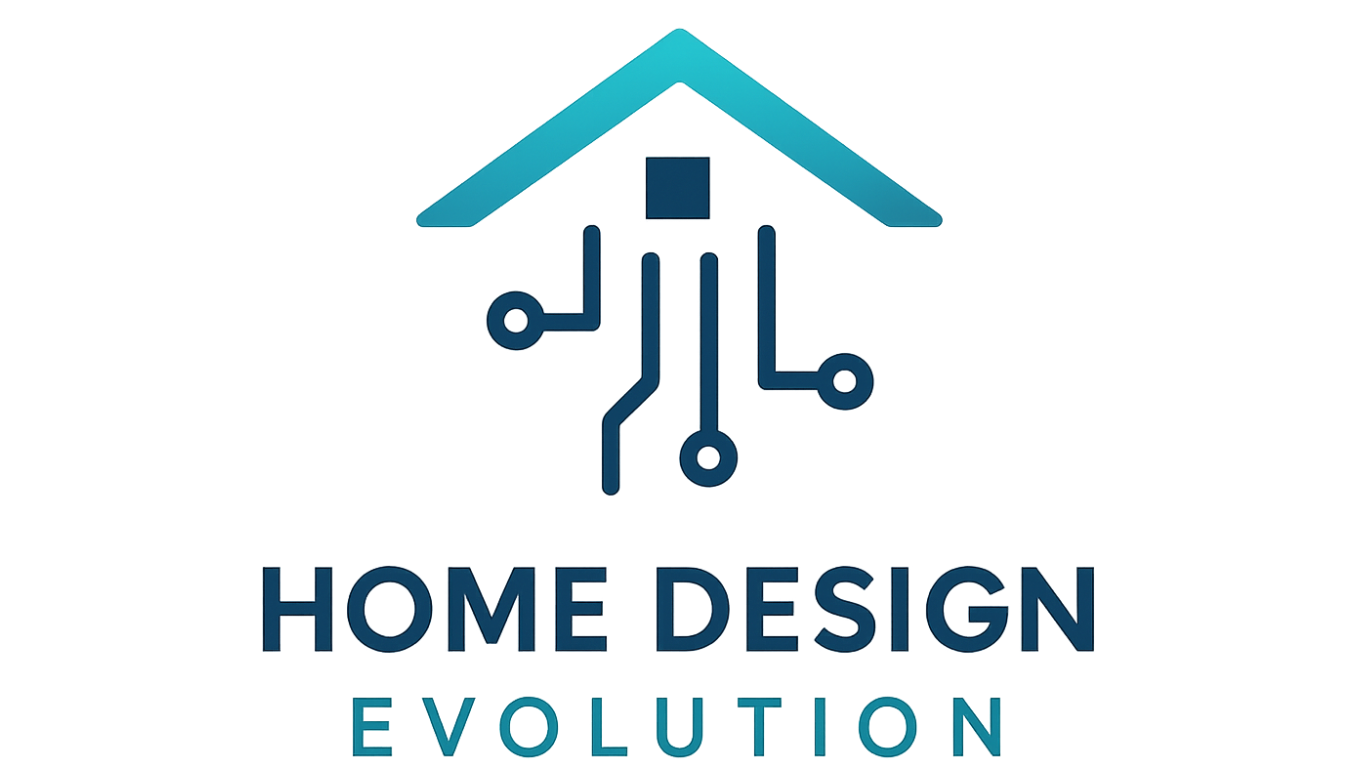
Unlocking the Potential: The Future of Self-Healing Solar Panels
In a world increasingly leaning towards sustainable energy resources, the vision of solar panels that can last indefinitely seems almost too good to be true. The recent advancements in perovskite photovoltaic (PV) cells, particularly those equipped with self-healing capabilities, promise not just longevity but sustained efficiency, reshaping our interaction with solar technology. As we explore the insights from the video Why This Might Be the Last Solar Panel You’ll Ever Need, it becomes clear that the journey toward these revolutionary panels is filled with both challenges and astonishing innovations.
In Why This Might Be the Last Solar Panel You’ll Ever Need, the discussion dives into innovative advancements in solar panel technology, exploring key insights that sparked deeper analysis on our end.
Why Self-Healing Solar Panels Matter
Traditionally, solar panels are designed to withstand wear for about 30 years before their efficiency begins to dwindle. However, elements such as harsh sunlight, snow, hail, and temperature fluctuations can decrease their functionality by 0.5% to 0.8% each year. This gradual decline often leads to economic and environmental consequences that many homeowners may not consider when investing in solar technology. Self-healing solar panels not only promise to extend the lifespan of these systems but also ensure that they maintain peak performance throughout their lifetime.
How Self-Healing Technology Works
The concept of self-healing PV cells, particularly those utilizing a material named HUBLA, lies in its unique ability to restore itself when subjected to stressors like heat and moisture. Developed by researchers at Monash University in Australia and other esteemed institutions, HUBLA acts as a “living passivator” that continually repairs tiny defects on the solar panel surface. Much like a well-oiled machine, this technology repairs itself, preventing efficiency loss and enhancing its operational lifespan.
A Brief History of Self-Healing Innovations
The idea of self-healing solar technology was first realized over a decade ago, yet it has taken various scientific breakthroughs to bring us closer to viable products. For example, efforts at MIT led to the development of dynamic cells that mimic the natural regenerative abilities found in plants. Such innovations plateaued at the proof-of-concept stage, until recent explorations revealed that materials like antimony selenide could regenerate post-damage, similar to the self-healing skin of a salamander.
Market Viability: Challenges Ahead
Despite these impressive advancements, self-healing solar panels are still predominantly trapped in laboratories. Questions abound regarding their scalability and durability in real-world conditions. Testing must validate whether these panels can effectively operate over decades outside of controlled environments, maintaining their promised benefits of longevity and efficiency. Moreover, integrating such cutting-edge reagents with existing solar infrastructures could complicate market adoption, adding to initial costs.
How Homeowners Stand to Benefit
For homeowners, the potential of self-healing solar technology translates into significant savings over time. With increased durability and decreased maintenance requirements, the concept enables families to enjoy reduced electric bills and greater energy independence. Considering that a malfunctioning or degraded conventional solar panel can result in costly repairs, the durability offered by self-healing panels makes them an attractive option to include in home energy solutions.
Looking Ahead: The Future of Solar Energy
As scientists and engineers push toward commercializing self-healing solar panels, the implications are monumental not just for individual households but for the entire energy landscape. If these innovations successfully transition from lab to market, we could see a dramatic increase in sustainable energy adoption and reduced waste associated with solar technology. The advancements made in energy technologies can keep pace with rising energy demands and environmentally conscious solutions that benefit the planet.
So, as we take each step toward more efficient and longer-lasting solar technology, it’s essential to remain informed and supportive of these innovative strides. As experts anticipate rolling out the first commercially viable self-healing solar panels within the next decade, you may not want to miss being a part of this clean energy revolution.
 Add Row
Add Row  Add
Add 



Write A Comment